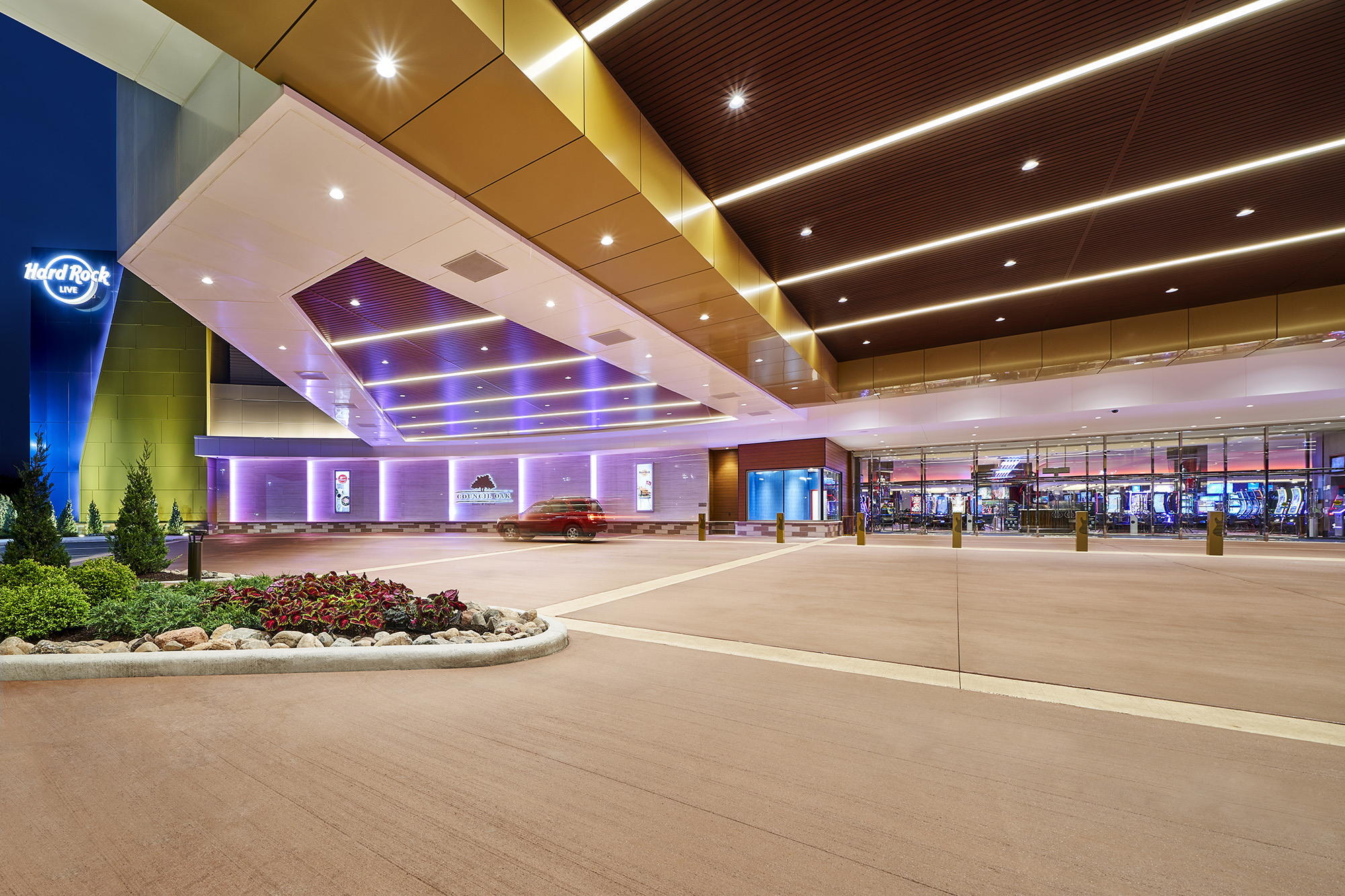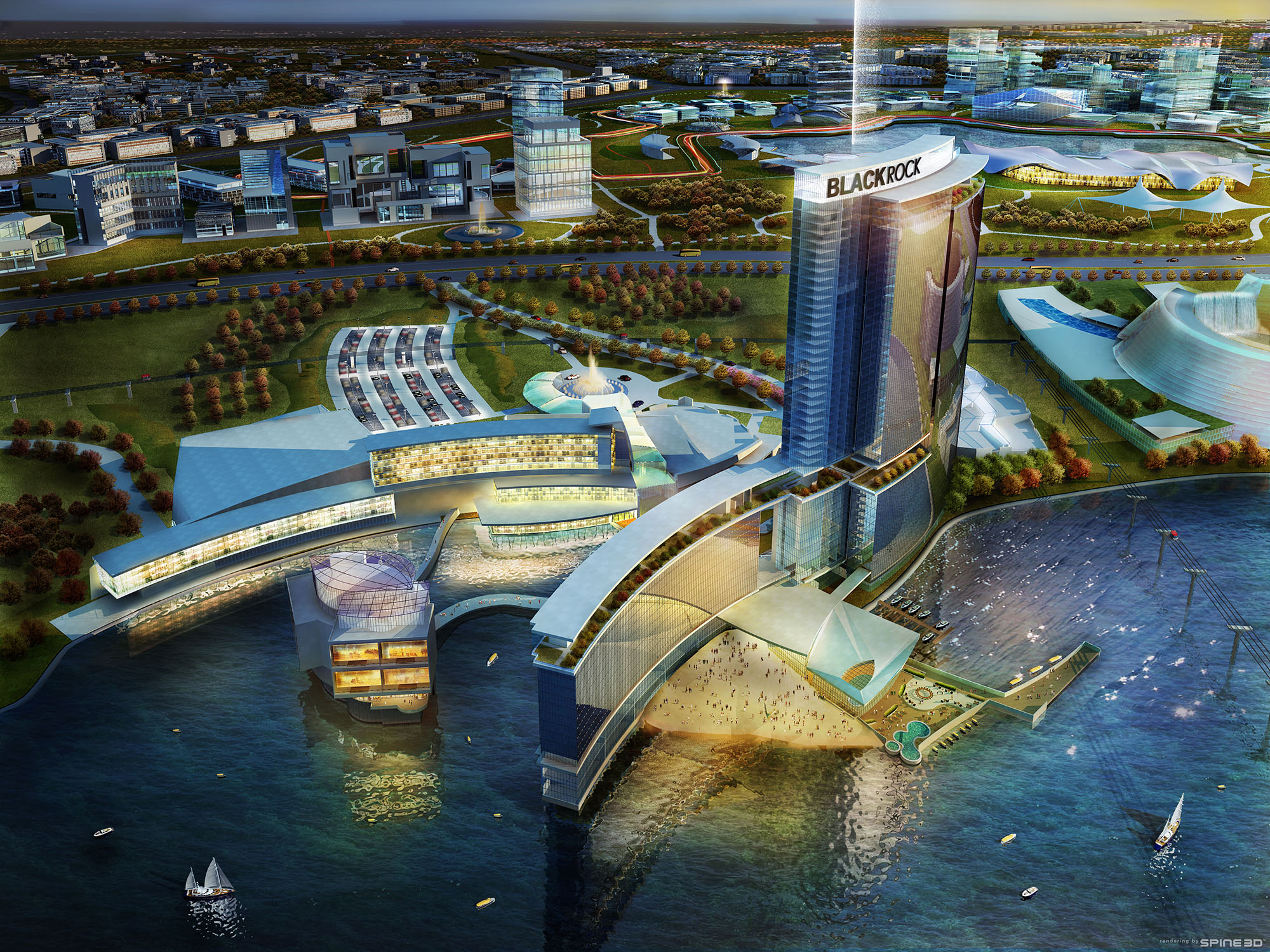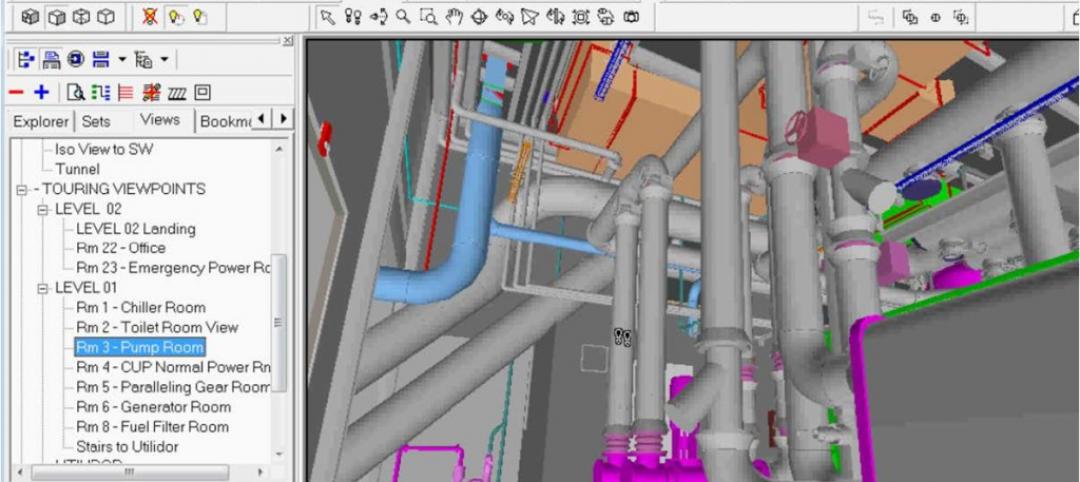Entertainment design firm WATG has acquired SOSH Architects, an interior design and planning firm based in Atlantic City, N.J. The former SOSH office will now begin operating as the ninth regional office in WATG’s global framework.
Both firms are known for specializing in architecture and interior design for the hospitality and entertainment sectors. SOSH has received acclaim for its role in the gaming industry, namely casino and hotel design, through several notable partnerships: Hard Rock International, Caesars Entertainment, Ocean Casino Resort, and Bally's Corp., to name a few.
Growth of Entertainment Design Firm WATG
“SOSH has been recognized as a leader in gaming industry design, and WATG the leader in hospitality,” said David Moore, Chief Executive Officer, WATG. “As we come together, we’re excited by the opportunity to elevate our offering to our clients, helping them to differentiate, grow and succeed.”

This news comes off the heels of WATG's expansion into the south central region of the U.S. with a new office in Dallas, Texas. With the addition of SOSH's Atlantic City office, the firm now holds space in Honolulu, Hawaii, Los Angeles, Calif., Tustin, Calif., Dallas, Texas., New York, N.Y., London, Singapore, and Shanghai.
The acquisition will expand WATG's reach of gaming and entertainment services, supplementing the firm's presence in hospitality, senior living, luxury multifamily, and mixed-use developments. Demand for casinos have grown; the global casino hotel industry held a market worth $191 billion in 2022—around 36% of the global gaming market altogether.
“We’re proud to come together now and look forward to the opportunity to work as a collaborative, multidisciplinary team, sharing our expertise in the gaming industry and gaining from WATG’s elite and global presence,” said Tom Sykes, Founding Principal, SOSH.
RELATED:
Related Stories
| Jan 15, 2014
6 social media skills every leader needs
The social media revolution—which is less than a decade old—has created a dilemma for senior executives. While its potential seems immense, the inherent risks create uncertainty and unease.
| Jan 15, 2014
Report: 32 U.S. buildings have been verified as net-zero energy performers
The New Buildings Institute's 2014 Getting to Zero Status report includes an interactive map detailing the net-zero energy buildings that have been verified by NBI.
| Jan 14, 2014
Sherwin-Williams unveils colormix 2014
Drawing influence from fashion, science, nature, pop culture and global traditions, Sherwin-Williams introduces colormix™ 2014, which captures colors that inspire creativity and design in today’s world. The four-palette collection provides design professionals with a guide to help them define the moods they want to create and select colors for their projects.
| Jan 13, 2014
Custom exterior fabricator A. Zahner unveils free façade design software for architects
The web-based tool uses the company's factory floor like "a massive rapid prototype machine,” allowing designers to manipulate designs on the fly based on cost and other factors, according to CEO/President Bill Zahner.
| Jan 13, 2014
AEC professionals weigh in on school security
An exclusive survey reveals that Building Teams are doing their part to make the nation’s schools safer in the aftermath of the Sandy Hook tragedy.
| Jan 13, 2014
6 legislative actions to ignite the construction economy
The American Institute of Architects announced its “punch list” for Congress that, if completed, will ignite the construction economy by spurring much needed improvements in energy efficiency, infrastructure, and resiliency, and create jobs for small business.
| Jan 12, 2014
CES showcases innovations: Can any of these help you do your job better?
The Consumer Electronics Show took place this past week in Las Vegas. Known for launching new products and technologies, many of the products showcased there set the bar for future innovators. The show also signals trends to watch in technology applicable to the design and building industry.
| Jan 12, 2014
The ‘fuzz factor’ in engineering: when continuous improvement is neither
The biggest threat to human life in a building isn’t the potential of natural disasters, but the threat of human error. I believe it’s a reality that increases in probability every time a code or standard change is proposed.
| Jan 12, 2014
5 ways virtual modeling can improve facilities management
Improved space management, streamlined maintenance, and economical retrofits are among the ways building owners and facility managers can benefit from building information modeling.
| Jan 11, 2014
Getting to net-zero energy with brick masonry construction [AIA course]
When targeting net-zero energy performance, AEC professionals are advised to tackle energy demand first. This AIA course covers brick masonry's role in reducing energy consumption in buildings.

















